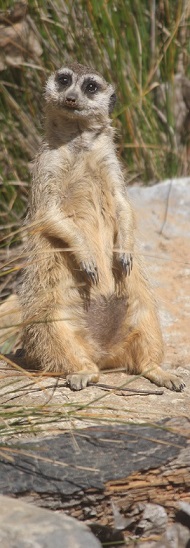Uncover information about a variety of animals and important subject areas
 This course has been strategically created to provide extensive coverage of a wide variety of animal species and related subjects. It is an excellent way to develop essential foundational knowledge about wild and captive animals, their biology, behaviour, husbandry and more.
This course has been strategically created to provide extensive coverage of a wide variety of animal species and related subjects. It is an excellent way to develop essential foundational knowledge about wild and captive animals, their biology, behaviour, husbandry and more.
Core Modules
The Certificate In Wild Animal Studies consists of six 100 hour modules (approximately 600 hours of study).
Click on the module titles below to learn more about each.
Herpetology
Marine Studies I
Marine Studies II
Ornithology
Primates
Vertebrate Zoology
How The Course Works
To complete the course, you are required to study six 100-hour modules.
There is an assignment at the end of each lesson. For example, in the Animal Behaviour module, there are eight lessons, so eight assignments.
At the end of each module, there is also an examination which you can take at a time and location to suit you.
To pass the course you are required to pass all assignments and six exams.
Why Study with ACS?
Design your own learning pathway.
Study at your own pace, from anywhere, at any time.
Receive prompt, expert support from our team of committed and friendly tutors.
Your learning is our priority. We are flexible and adaptable to meet your educational needs!
Enrolling is easy - just go to the top of this page and select your study method and payment option.
If you have any questions about studying with ACS, or want to know more about any of our courses, get in touch with our specialist tutors today. They will be happy to answer your questions and look at different study options to fit in with your goals.